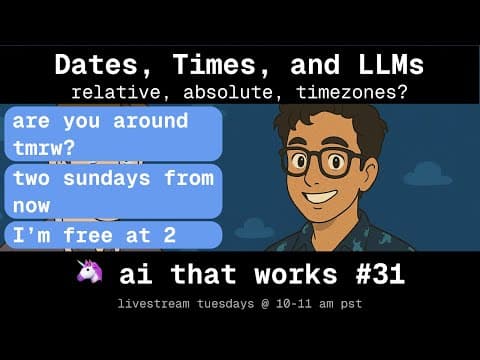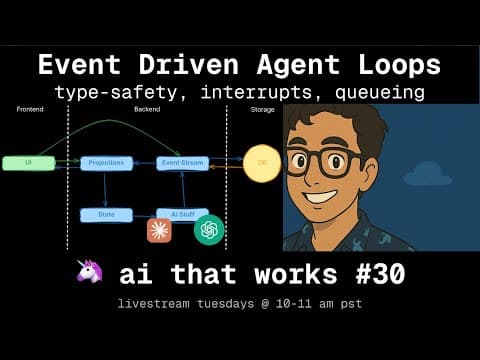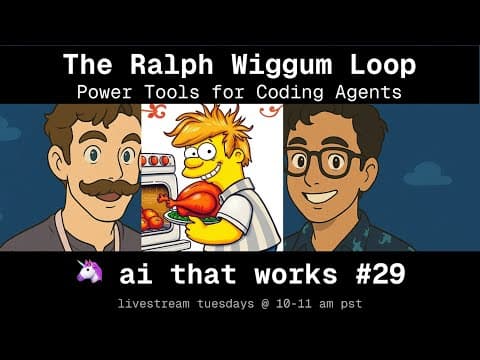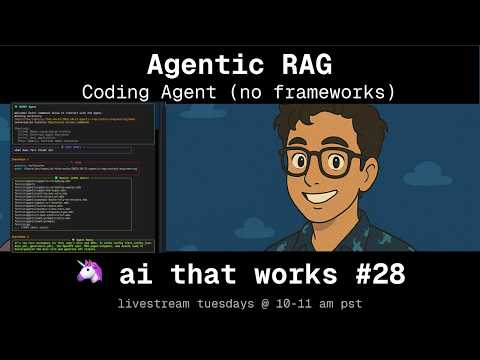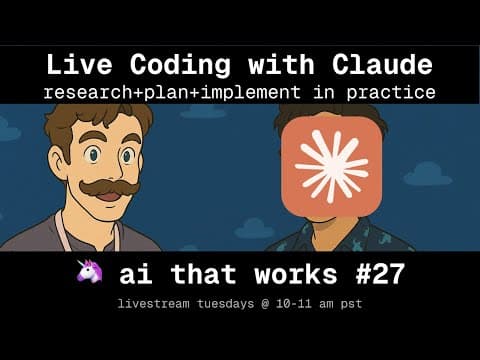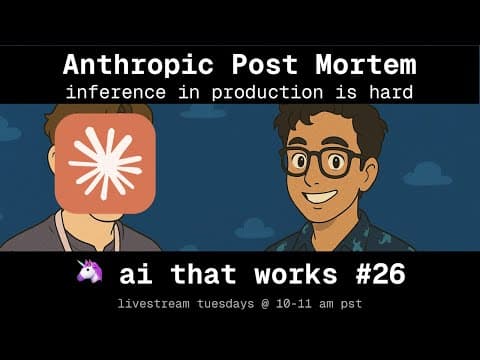🦄 Decoding Context Engineering Lessons from Manus
A few weeks ago, the Manus team published an excellent paper on context engineering. It covered KV Cache, Hot-swapping tools with custom samplers, and a ton of other cool techniques. On this week's episode, we'll dive deep on the manus Article and put some of the advice into practice, exploring how a deep understanding of models and inference can help you to get the most out of today's LLMs.
Project Details
Open in GitHubA deep dive into context engineering and optimization techniques from the Manus paper, exploring KV cache strategies, tool management, and practical patterns for getting the most out of today's LLMs.
Video (1h30m)
Episode Highlights
"Context Engineering is an active process. It's about managing the model's memory with smart cache strategies, structuring inputs for efficiency, and reinforcing key information to guide the LLM, ensuring it stays on-task and performs effectively."
"Your prompt's structure directly impacts speed and cost. By keeping your system message consistent and placing dynamic variables (like the user's question) at the end of the input, you can intelligently utilize the KV cache, leading to significant performance gains."
"In long interactions, an LLM can lose track of the original goal. Instead of relying on its memory, periodically re-inject relevant information or tasks to reinforce the context."
"Be judicious with few-shot prompting—use it only when needed and structure examples properly to avoid biasing the output."
Topics
- Overview of Manus paper and context engineering
- KV cache design in LLMs
- Handling tool calls and dynamic variables
- Few-shot prompting pitfalls
- Smart cache strategies and prompt structuring
- Reinforcement techniques for maintaining context
Key Takeaways
-
Optimize Your Cache, Optimize Your Performance: Your prompt's structure directly impacts speed and cost. By keeping your system message consistent and placing dynamic variables (like the user's question) at the end of the input, you can intelligently utilize the KV cache, leading to significant performance gains.
-
Reinforce Context, Don't Just Assume: In long interactions, an LLM can lose track of the original goal. Instead of relying on its memory, periodically re-inject relevant information or tasks to reinforce the context. Also, be judicious with few-shot prompting—use it only when needed and structure examples properly to avoid biasing the output.
-
Investigate Token Production: Investigate how an LLM produces tokens to understand context representations better. This deeper understanding helps you craft more effective prompts and manage context more efficiently.
